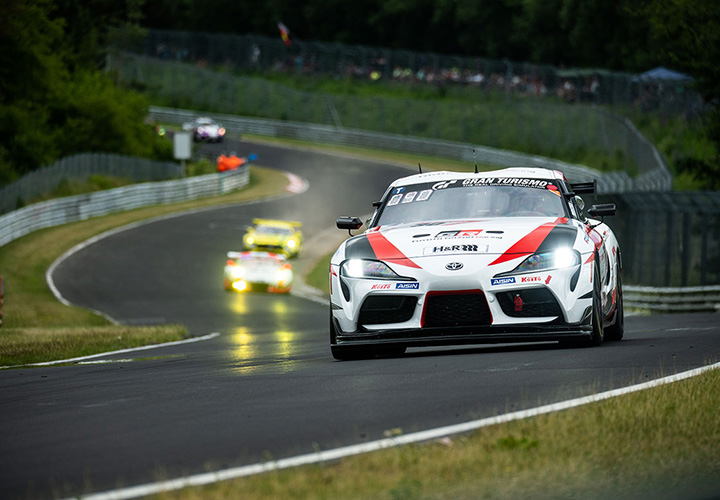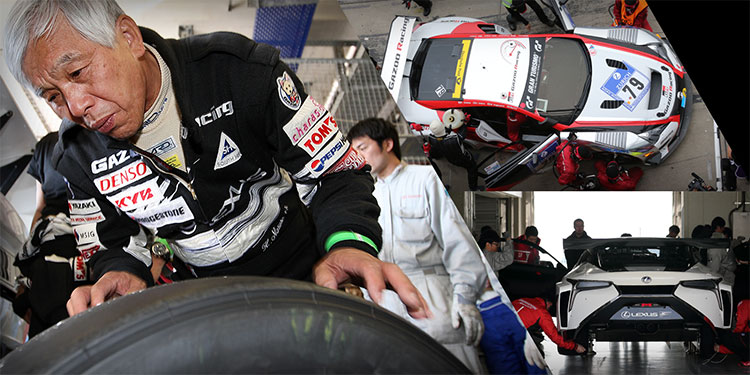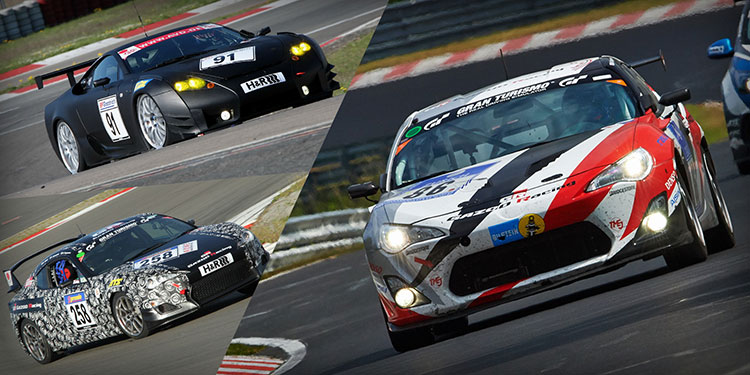Never stop challenging to make “ever-better” cars
Why does TOYOTA GAZOO Racing continue to compete in the 24 Hours of Nürburgring? Why must it be a 24-hour endurance race?
The reason is this: there are aspects of making ever-better cars that can only be realized via competing in the extreme environment of racing.
When the Japanese automotive industry was in its infancy, the technologies, experience, and knowledge required for car-making was acquired through “trial and error”; and it was through motorsports that the industry demonstrated the technologies it had acquired.
Motorsports was an arena in which companies vied for supremacy over the incredibly simple elements of “speed” and “durability.” When a car won a race, it was regarded as a good car, and this led to increased sales.
In his final book, Auto Racing and the Japanese Automotive Industry, Kiichiro Toyoda, the founder of Toyota Motor Corporation, wrote:
“The Japanese automobile production industry must master the art of manufacturing passenger vehicles. In order to test the durability and performance of their cars, companies ought to participate in auto races, demonstrate the full performance of their vehicles, and compete for superiority. This will both lead to progress in their vehicles and spark the enthusiasm of automobile fans. Such races must not be regarded as a simple matter of curiosity, for they are indispensable to the development of Japan’s automobile manufacturing industry.”
By stepping into the world of motorsports, automobile manufacturers encountered issues that they did not face when their cars were driven in an everyday manner; responding to such issues led to a significant increase in the level of their vehicles.
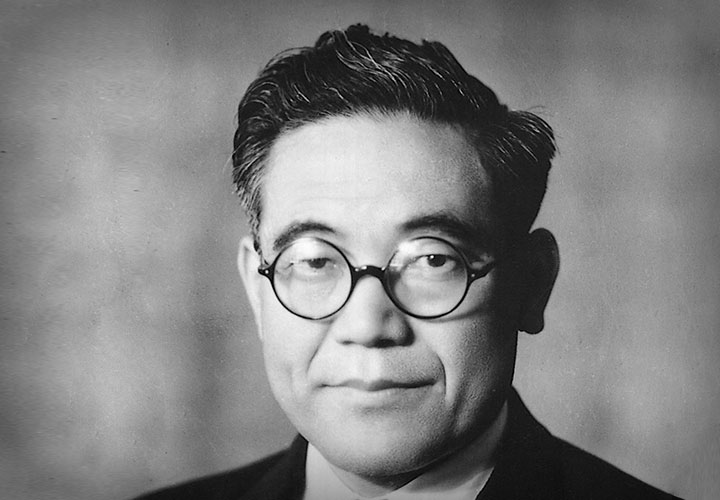
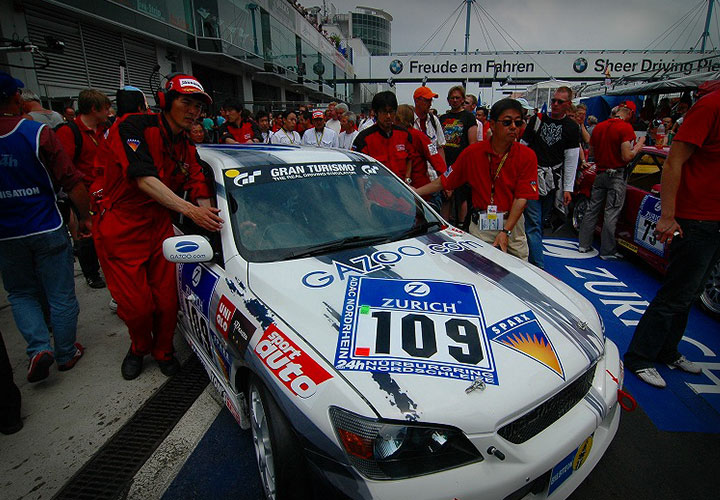
In the 1960s, all the major Japanese automakers shared the same thought-process and proactively competed in motorsports, eager to promote the performance of their respective vehicles.
However, by gradual degrees, motorsports grew to be dominated by the element of “vehicle promotion”, and the cars that competed in leading motorsports categories became entirely divorced from production cars.
It was against such a backdrop that, in 2007, “GAZOO Racing” was established, led by Akio Toyoda—under his pseudonym “Morizo”—and the master test driver Hiromu Naruse.
GAZOO Racing was founded on the desire to refine people and cars through motorsports, and to thereby contribute to the making of ever-better cars. In other words, GAZOO Racing intended to return to the starting-point of motorsports.
“Races are the ultimate stage for passing on techniques and nurturing human resources. Car-making is not debated using words and data; instead, discussions must center on actual vehicles that can be touched and seen at first hand.”Master Driver Hiromu Naruse
Naruse said: “Races are the ultimate stage for passing on techniques and nurturing human resources. Car-making is not debated using words and data; instead, discussions must center on actual vehicles that can be touched and seen at first hand.” Chosen to be this “ultimate stage” was the 24 Hours of Nürburgring, widely regarded as the ultimate endurance test for touring cars on the most pushing circuit in the world.
In today’s automotive industry, technologies and knowhow are stored as data. It is possible now to develop cars using data alone and, as such, there may be people who view Toyota’s continued race participation as inefficient and old-fashioned.
However, no matter how far technology advances, it is the people who make cars that determine how well these technologies are implemented. For this reason, it is imperative to elevate people.
Toyota entered the 24 Hours of Nürburgring for the first time in 2007. Yasuo Hirata, who is an employee of Toyota Motor Corporation and, normally works as an evaluation driver for Toyota’s production cars, took part in the race as chief mechanic and driver. He said: “I believe that participation in the 24 Hours of Nürburgring leads to greater mental than technological gains. During the race itself, there are many unexpected happenings that cannot be predicted from data and testing alone. This is even more true of the 24 Hours of Nürburgring, which is the ultimate proving ground, than of other races. The team members who experience such things develop the ability to identify the standards necessary for making ever-better cars. As a result, as the people elevate, so the cars they make refine as well.”
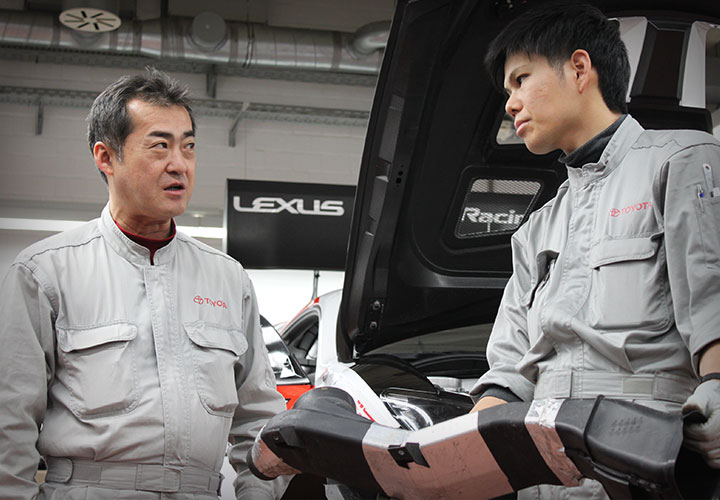
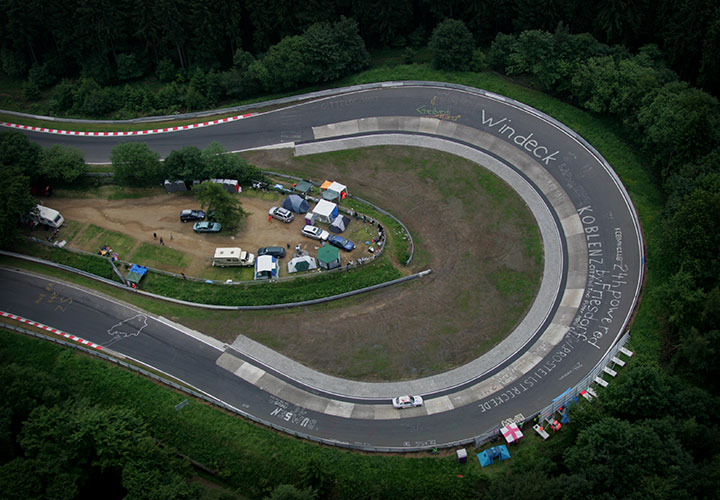
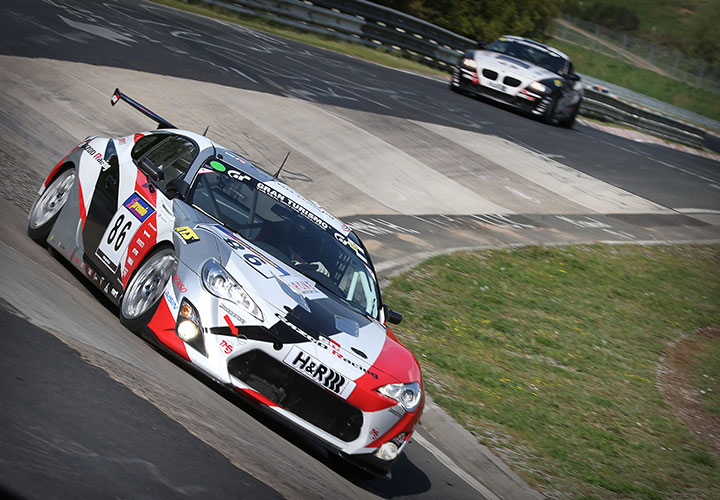
The Nürburgring is famed for being the world’s most demanding test course. What is important is that the team ensures its cars run for the entire 24 hours.
More important than setting a fast single lap time is enabling the driver to drive at a high pace in a comfortable and relaxed manner. To this end, it is vital that the car responds to driver input as intended—in other words, that the car handles in a predictable and reliable manner.
“Responding to driver input as intended” may be paraphrased as “not reacting in an unpredictable manner, and realizing a smooth and adroit connection between driver and vehicle, as if the two bodies have become one.” However, in everyday use, all cars respond as expected. Therefore, some people might question what “responding to driver input as intended” actually means.
Let us take a smartphone as an example of an instrument that is used daily. What would users think if, when they pressed a button, sometimes the response was fast and sometimes slow? Doubtless they would regard the smartphone as difficult to use. Having said that, since the smartphone is responding to user input, it is evidently functional.
On the other hand, if a smartphone responds in a manner that is really in sync with the users, they would no doubt feel the smartphone was easy to use.
For cars too, the crucial question is whether they act in sync with the driver. The difference between a good car and a bad car can be understood instinctively. Cars that respond to driver input as intended surprise drivers with their predictable response; they make drivers feel as if their driving has improved—and this is not merely a figment of their imaginations. In extreme environments such as races, where drivers must focus all of their attention, it is incredibly important that cars respond to driver input as intended.
“Real cars don’t choose where they drive"Driver Takeshi Tsuchiya
Takeshi Tsuchiya drove in the 2018 and 2019 editions of the race, but he is also an engineer. He commented: “Real cars don’t choose where they drive—this holds true for both racing cars and production cars. In this sense, competing with a production car creates a direct link to future models. The Nürburgring is a circuit that refines both cars and people at the same time. Drivers’ lives are at stake when they press on the accelerator, so they naturally understand what is important for making a car that can run safely.
The Nürburgring is a place where people can enhance their knowledge and sensitivities When people elevate, this naturally leads to improvements in cars as well. If the premise is accurate, then the answer can always be found.”
If results are a priority in the 24 Hours of Nürburgring, then it is essential to compete with a mass-production racing car such as are seen in the FIA-GT3 class. The fact that TOYOTA GAZOO Racing is instead competing in a car based on a production vehicle points to different goals: using a production car as a base and developing it from scratch, identifying which parts of the base car are good and which need to be improved, ensuring that the car is safe to drive in extreme conditions, and so learning through experience what makes a good car.
For example, the 86 is renowned for having been painstakingly refined at the Nürburgring from the early stages of its development; the same approach was adopted for the GR Supra when it made its come back after 17 years. Morizo, who was one of the GR Supra drivers at the 2019 edition of the 24 Hours of Nürburgring, commented: “I have driven many different cars at the Nürburgring; however, the GR Supra gives me greater peace of mind than any of them—I was even able to enjoy my final few laps of the circuit.”
In other words, by competing in the 24 Hours of Nürburgring, TOYOTA GAZOO Racing is not so much racing as embarking on a challenge to make ever-better cars.
